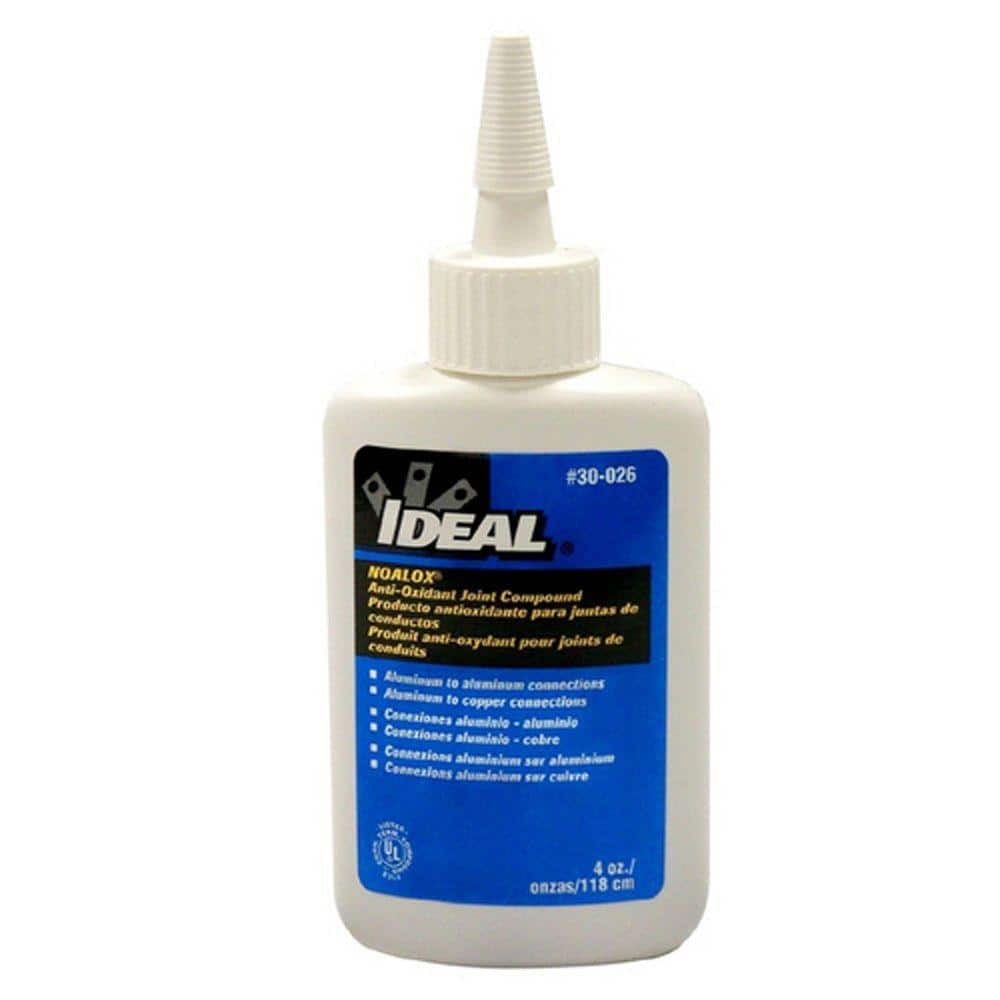captainrivet
New Member
- Joined
- Jan 27, 2020
- Messages
- 73
Hi all,
Top balanced my 12 Lishen 272AH cells and put them into their 3p4S setup (so a 816AH 12V bank) in its compression jig.
For final assembly:
As aluminum oxides nearly immediately and creates a high resistant oxide layer, what can I put on the Alu terminal to prevent from oxidation and improves electrical conductivity between Alu terminal and tinned Cooper busbar
What I know:
1) sand Alu terminal with 1200 grid or scotchbrid black and
2) then clean with 99% alcohol
3) but what product exactly (maybe link please, delivery in Europe) to put now between Alu pole and tinned Cooper busbar to prevent from oxidation and improve electrical conductivity?
4) Sand the tinned busbar with 1200 grid too? I was recommended/heard not to as oxide is soft and high electrical conductivity . just clean with 99% Alcohol.
5) after final assembly put battery pol grease over busbar/pole/nut combo.
Will be marine use in a catamaran so salty air around. Battery box/compression jig will be a sealed box with overpressure vents.
Will use tinned Cooper busbars in 20mm x 10mm to connect cells and with 4xT class 200A fuses directly connected on the busbar an then directly with 50cm 8x70sqmm cable to 2x3kw Victron Multis in parallel. All massive and as short as possible as I will occasionally pull 500A for 5-15min when the lady cooks via induction stove and run the convection oven in parallel. So all should be properly connected and as low resistance as possible. Normally it’s more around 250A but situations with 500A max will happen.
Thank you. Please no discussion to go to 24V, I have my reasons to stay 12V and speced everything for 600A continuous minimum.
Christian
Top balanced my 12 Lishen 272AH cells and put them into their 3p4S setup (so a 816AH 12V bank) in its compression jig.
For final assembly:
As aluminum oxides nearly immediately and creates a high resistant oxide layer, what can I put on the Alu terminal to prevent from oxidation and improves electrical conductivity between Alu terminal and tinned Cooper busbar
What I know:
1) sand Alu terminal with 1200 grid or scotchbrid black and
2) then clean with 99% alcohol
3) but what product exactly (maybe link please, delivery in Europe) to put now between Alu pole and tinned Cooper busbar to prevent from oxidation and improve electrical conductivity?
4) Sand the tinned busbar with 1200 grid too? I was recommended/heard not to as oxide is soft and high electrical conductivity . just clean with 99% Alcohol.
5) after final assembly put battery pol grease over busbar/pole/nut combo.
Will be marine use in a catamaran so salty air around. Battery box/compression jig will be a sealed box with overpressure vents.
Will use tinned Cooper busbars in 20mm x 10mm to connect cells and with 4xT class 200A fuses directly connected on the busbar an then directly with 50cm 8x70sqmm cable to 2x3kw Victron Multis in parallel. All massive and as short as possible as I will occasionally pull 500A for 5-15min when the lady cooks via induction stove and run the convection oven in parallel. So all should be properly connected and as low resistance as possible. Normally it’s more around 250A but situations with 500A max will happen.
Thank you. Please no discussion to go to 24V, I have my reasons to stay 12V and speced everything for 600A continuous minimum.
Christian



